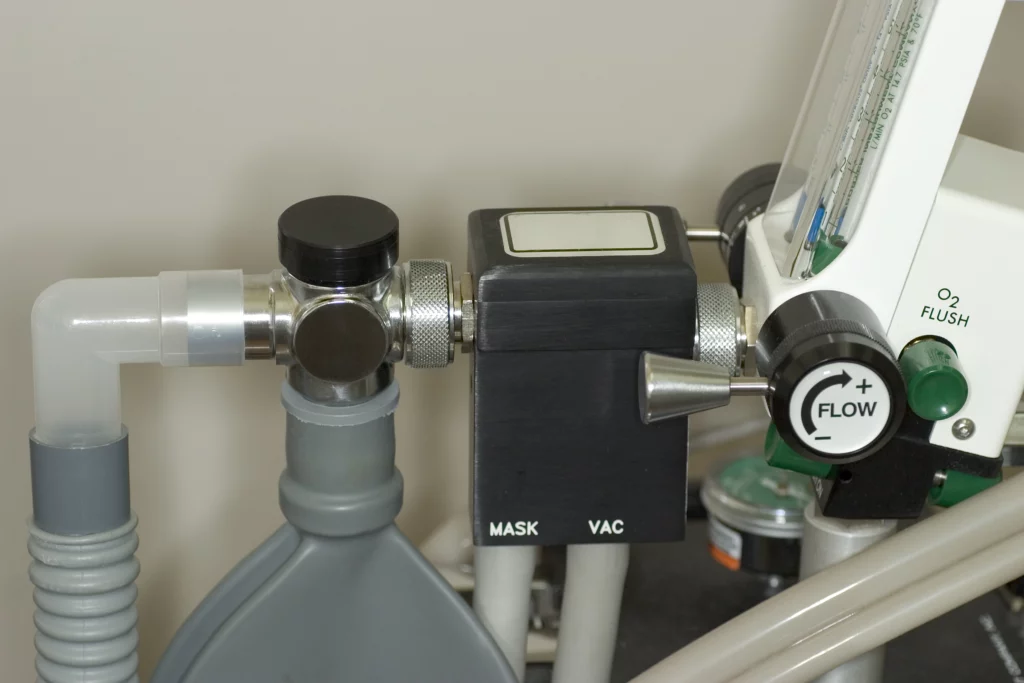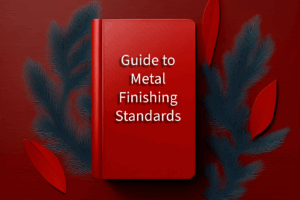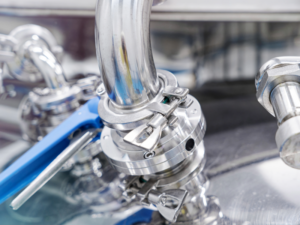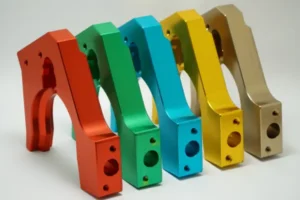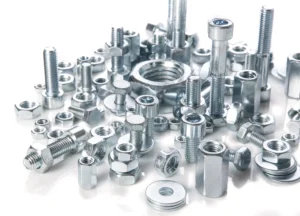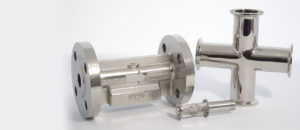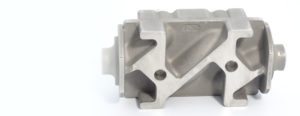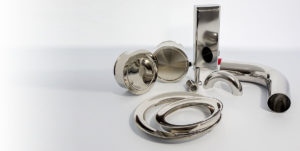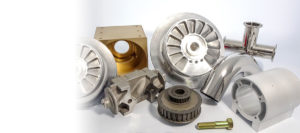Navigating Compliance and Oxygen Cleaning Standards CGA- G-4.1 and ASTM G93
Oxygen cleaning is a critical process in a multitude of industries, aimed at eliminating any contaminants that could ignite a dangerous reaction when interacting with oxygen. The importance of these procedures necessitates comprehensive standards, two of the most prominent being the CGA G-4.1 by the Compressed Gas Association and ASTM G93 from the American Society for Testing and Materials. Understanding each standard and their differences can help businesses determine which to employ, based on their specific requirements.
Understanding CGA G-4.1 and ASTM G93
The CGA G-4.1 standard, aptly named ‘Cleaning Equipment for Oxygen Service’, provides detailed guidelines for cleaning tools, equipment, and systems specifically designed for oxygen service. The scope of CGA G-4.1 encompasses the cleaning process, cleanliness inspections, and even packaging and labeling of the cleaned items. It allows for several cleaning methods, including solvent, detergent, and ultrasonic cleaning. The selection of cleaning agents and inspection techniques are carefully outlined in this standard, underlining its comprehensive nature.
On the other hand, ASTM G93, or ‘Standard Practice for Cleaning Methods and Cleanliness Levels for Material and Equipment Used in Oxygen-Enriched Environments’, is more versatile. While the CGA G-4.1 standard is tailored explicitly towards oxygen service systems, the ASTM G93 standard provides cleanliness guidelines for a broader range of environments – those enriched with oxygen. The ASTM standard offers various cleanliness levels (Level A being the most rigorous and Level D the least), each corresponding to different oxygen pressures and ignition potential scenarios.
Key Differences and Practical Applications
The main differentiation between the two standards resides in their focus and versatility. CGA G-4.1 is more prescriptive and stringent, specifying detailed steps for cleaning processes and best practices in oxygen systems. ASTM G93, however, employs a risk-based approach, presenting diverse cleanliness levels depending on the operational context. This approach provides businesses with the flexibility to choose the most appropriate cleaning methods and cleanliness levels for their specific environment.
The sectors employing these standards are broad and varied. Industries that heavily rely on compressed gases and high-pressure oxygen systems, such as medical oxygen supply, industrial gas supply, and aerospace, predominantly use the CGA G-4.1 standard. ASTM G93, thanks to its broader scope, is used across numerous industries. From heavy industrial applications such as manufacturing and chemical processing to sensitive sectors like aerospace and healthcare, the ASTM standard proves instrumental in maintaining safe oxygen-enriched environments.
Different stakeholders look for these cleaning services depending on their specific industrial domains. Operations managers, procurement specialists, health and safety officers, maintenance supervisors, and quality control managers bear the responsibility of ensuring safe and efficient operations, hence their keen interest in oxygen cleaning services that meet the relevant standards.
In the healthcare sector, for example, the Facilities Manager or the Biomedical Equipment Technician would be tasked with ensuring the oxygen delivery systems are adequately cleaned and meet the required standards. In manufacturing industries, it might be the Quality Assurance Manager or the Production Supervisor looking for these services to guarantee operational safety and efficiency.
Both CGA G-4.1 and ASTM G93 serve as essential guidelines for oxygen cleaning, ensuring safety and efficacy in oxygen handling systems. The choice between the two depends on the specific requirements of the business, including the nature of their operations, materials involved, and the level of cleanliness needed. Understanding these standards, their differences and using a reputable service provider is crucial for professionals tasked with maintaining safe and efficient oxygen service operations.
CGA G-4.1 and ASTM G93 Experience Matters
A variety of factors are used to determine the appropriate cleaning method for parts and equipment based on the type of system and partnering with an experienced service provider is crucial. Project managers, engineers, and business owners have been able to rely on AMF Technologies for over 40 years for processing a wide range of parts for industries including aerospace, semiconductor, life sciences, and more. For questions or quotes, give us a call at 781-982-0137, send an email to sales@amftechnologies.com, or complete our contact form.
